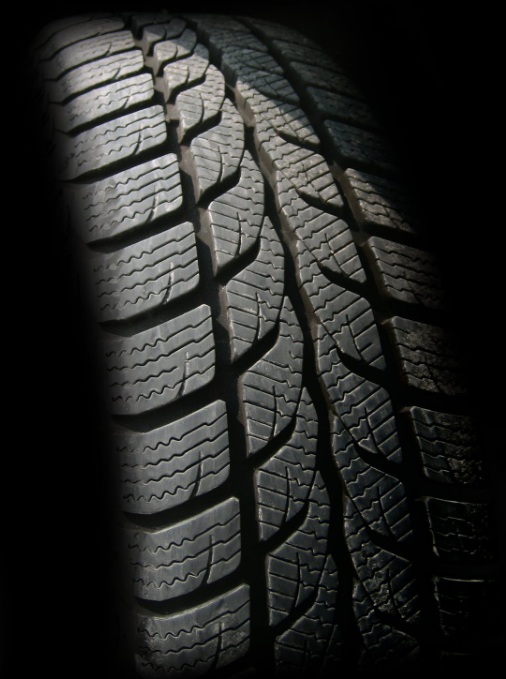As a responsible car owner, it’s important to try and keep your tires in good condition for as long as possible. For one thing, new tires represent a fairly significant investment, especially when your current tires don’t last as long as they should. Plus, tires are the vital link between you and the road, meaning their proper operation is crucial to your safety. To help get the most out of your tires, here are a few tips to help your current car tires last longer.
Take It Easy
One way to preserve the rubber on your tires is to avoid fast starts and stops whenever possible. If you try to accelerate too quickly or stop too suddenly, you will likely skid, at least for a short distance. When you skid, this removes significant amounts of rubber from your tires, leaving it behind on the road. If you can discipline yourself to have slower starts and stops, therefore, your tires will likely last far longer.
Under Pressure
Another important component of tire longevity is ensuring that they are always inflated to the correct pressure. Manufacturers give tire pressure recommendations because they understand the best way for your tires to support the load of your vehicle. Going above this recommended pressure puts excess force on the sidewalls and reduces the area of the tire that touches the road. Under-inflating your tires creates extra friction, resulting in excess heat that can shorten the life of your tires.
Moving Around
One of the most basic recommendations for vehicle maintenance is to have your tires rotated regularly. Tire services like this are crucial because they help to make sure the tires wear evenly, a key component of long life. Given the different forces that the tires are exposed to in certain positions on your vehicle, it makes sense that equally distributing these forces through tire rotation would lead to longer tire life.
Lining It Up
A fourth tip for helping your current car tires last longer is to have your vehicle aligned every two to three years. Of course, if you notice your vehicle drifting when you’re on a straight road, you should have this process done more often. In either case, proper alignment ensures that the strongest part of your tires is the part that is in contact with the road. A vehicle that is out of alignment will cause uneven wear, leading to premature replacement.
While it may seem excessive, it’s a good idea to check your tires every time you use your vehicle. This will alert you to any major changes in your tires that could be a cause for concern. By staying aware of the condition of your tires, you will be able to keep you and your family safe as you drive around town and across the country.

